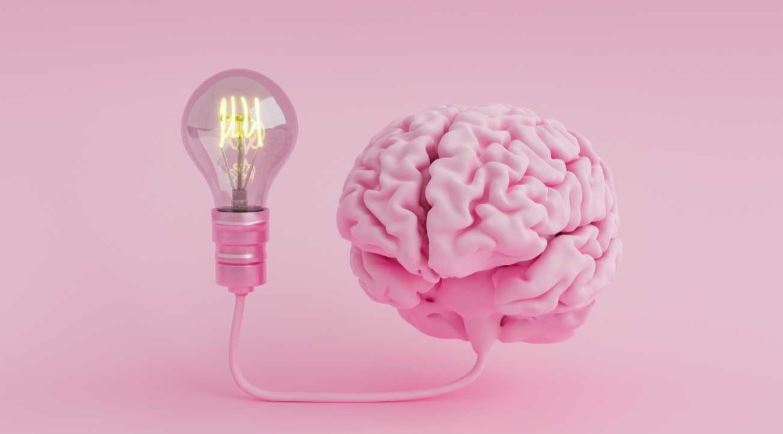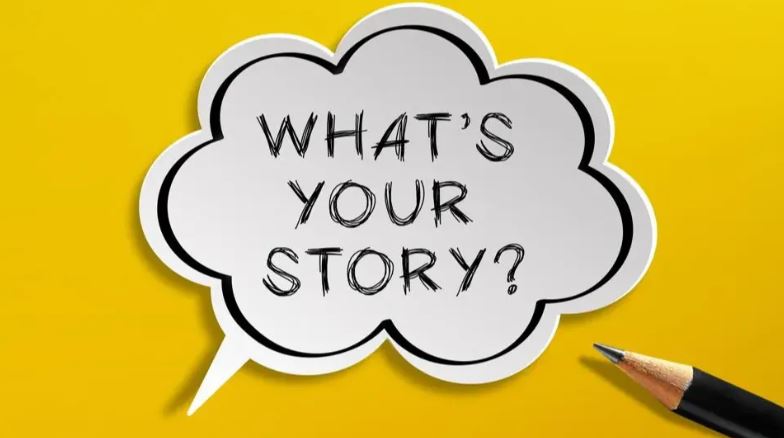People tend to make decisions based on the behavior and preferences of others. Therefore, using elements of social proof such as customer reviews, user experiences and success stories can instill trust in consumers. Our brains tend to make decisions based on whether others trust a product or brand. Practice Tip: Feature customer reviews on your website and share user experiences.
With FOMO (Fear of Missing Out) Strategies, the brain’s reward system is activated to avoid missing opportunities. The “Fear of Missing Out” strategy, known as “FOMO”, accelerates purchasing decisions by creating situations such as time-limited offers or stock limitations. This method is effective in increasing sales by utilizing the brain’s tendency to avoid risk. Application Suggestion: Organize limited-time discounts or limited stock campaigns to create a sense of urgency.
Emotions play a powerful role in decision-making processes. Neuromarketing uses elements that trigger consumers’ emotional responses. In particular, advertising and content that evokes emotions such as happiness, fear or curiosity can strengthen brand perception. For example, telling an emotional story or making customers experience a specific emotion can positively influence purchase decisions. Practice Suggestion: Focus on storytelling in ads, and try to create an emotional connection with sincere and empathetic messages. Discounts stimulate the brain’s reward center and increase consumers’ buying tendencies. Concrete offers such as “50 percent off” trigger the brain’s perception of opportunity and become attractive. However, if the discounts are of limited duration, this effect is even stronger.Implementation Suggestion: Run special discount campaigns in certain periods and announce these campaigns with effective visuals. Sensory marketing enables consumers to have sensory experiences with a brand.
Sensory stimuli such as smells, sounds and textures increase brand memorability. The brain strengthens memory in connection with sensory experiences, which can increase brand loyalty. Implementation Suggestion: Use pleasant scents in your store or add attention-grabbing sound effects in your ads.
These techniques can be effective in driving sales using the opportunities offered by neuromarketing. Adapting each method to suit your brand and target audience ensures maximum efficiency.
Reference: Psychologist Merve Altındağ
BALLI, A., DEMİR, S., & TOLON, M. NÖROGİRİŞİMCİLİK.
Ballı, A., & Aycı, A. (2021). Nörobilim yaklaşımıyla girişimcilikte farklı bir boyut: Nörogirişimcilik. Avrupa Bilim ve Teknoloji Dergisi, (22), 184-194.




